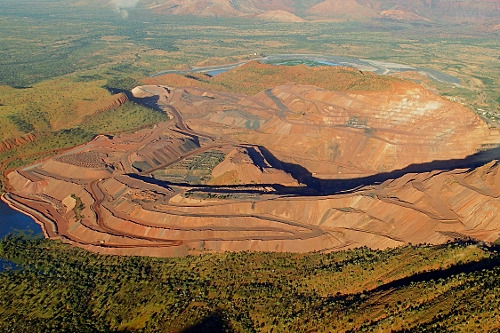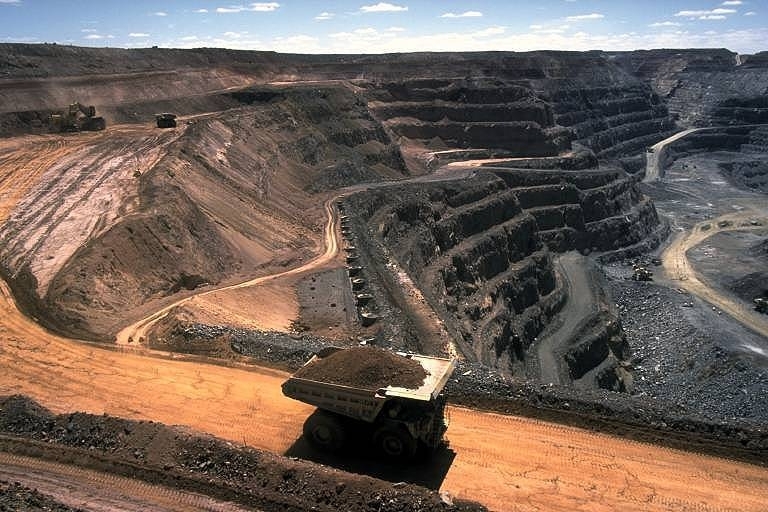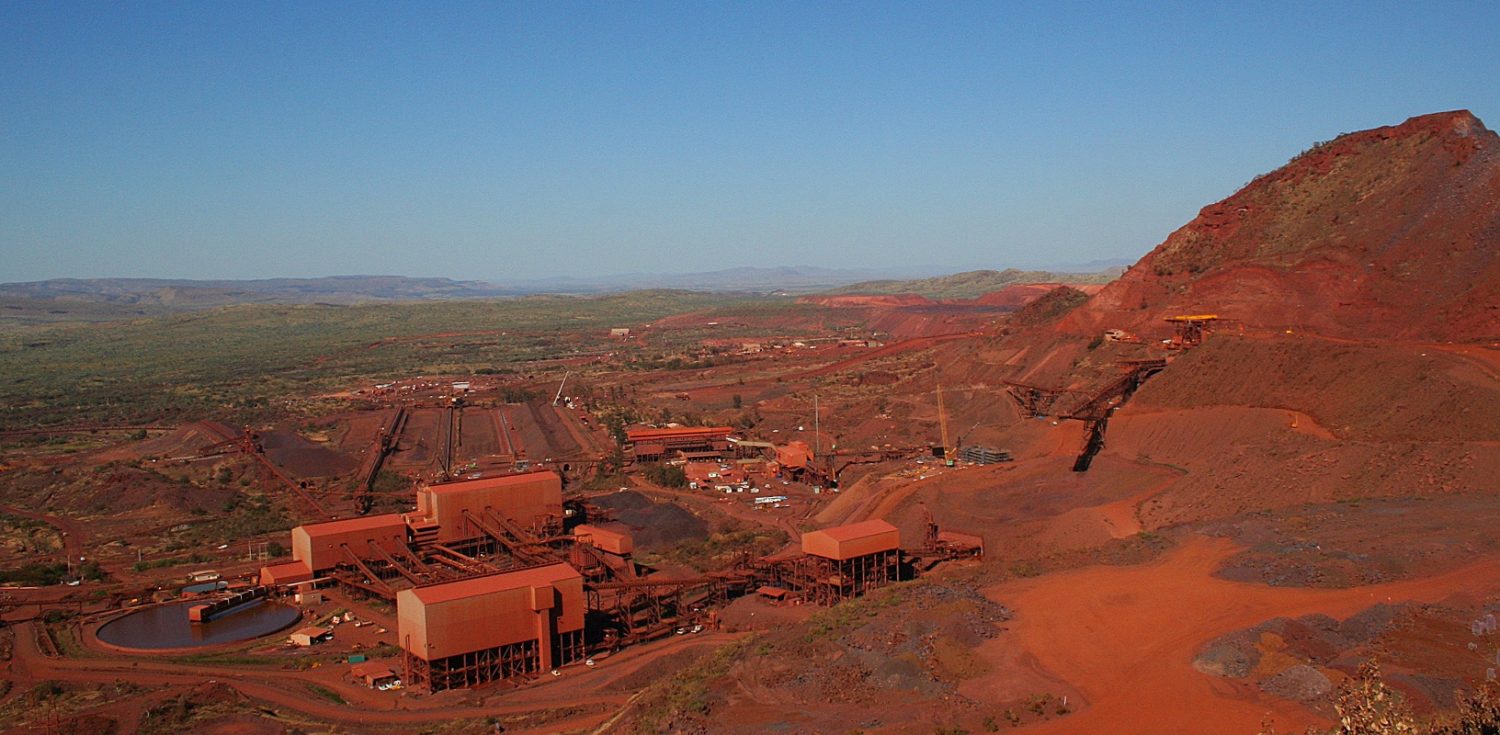The ecological recovery of Australia’s mined lands is a task daunting in both its scale and complexity.
In the wake of Australia’s most recent mining boom, the nation is slowly awakening to the reality of what over a century of mineral exploitation has done to its iconic landscapes. Independent reports, increasing media attention, and even a recent Senate inquiry have begun questioning the cumulative impacts of mining on Australia’s unique biodiversity and sensitive ecosystems.
A recent report by the Australia Research Institute (ARI)1 painted a rather damning picture: it identified that over 60,000 mines had been abandoned across the nation, and found evidence of barely more than 20 that had been closed and relinquished. Most concerningly, it highlighted serious concerns about industry-wide rehabilitation practices and could find evidence for only a handful of mines that had been successfully rehabilitated. Rehabilitating a single mine can cost millions or even billions of dollars1, and although recent years have seen an increasing effort by some of the mining industry to achieve better environmental outcomes2 it is clear that many still fail to reach the standards expected of them by society and environmental regulators.
With up to 6,500 active mines still operating across the country (ARI estimates plus Department of Mines, Industry Regulation and Safety MINEDEX data for Western Australia3), up to another 1,000 in care and maintenance (including one for nearly 100 years), and more being approved each year1, many people are asking how ecosystem repair can be undertaken at the scale and timeframes required4. So what is ecological recovery, why is it important, and how can it begin healing the many scars on the Australian landscape?
The scale of the problem
Data relating to the disturbance footprint of mining in Australia are patchy and incomplete1. However, what is clear is that the numbers are enormous. The disturbance footprint from mining in Western Australia for example is reported to be at least 112,000 ha5, exceeding at least 20,000 ha in the Pilbara alone6. Of this total disturbance footprint only a third of mining leases and just 0.5% of exploration licenses are considered to be “under rehabilitation”5, and the standard to which restorative actions are being undertaken remains unclear. If historical practices are anything to go by, these standards are likely to be generally rather poor4.
It must be noted here that Australia is only one region in a broader global picture. Conservative estimates of the land area disturbed by mining in China, for example, are nearing 4 million ha7– a land area greater than that of the Netherlands8. Just the global footprint of facilities storing mine tailings (fine-particulate residues from mineral processing) is already in the millions of hectares worldwide9, with over 60 billion tonnes so far discarded as waste in China alone10, and there appears to be little evidence worldwide of successful ecological recovery on tailings landforms – so much so that their revegetation has been compared to terraforming Mars4. The impacts of mining are clearly as global as they are significant.
What is ecological recovery?
Ecological recovery is, at its core, the process of repairing degraded lands through a variety of approaches based on different goals and expectations for the end land use11. However, there has long been confusion around terminology and practices, which has resulted in uncertainty for industry and environmental regulators4. Some industry have used this confusion to disguise low aspirations4, which may have contributed to the low standards historically apparent throughout the Australian mining sector. Although there continues to be ongoing debate in the scientific community, two main terms are recognised:
Rehabilitation– essentially, where the goal is to reinstate a degree of ecosystem functionality to a degraded landscape, often by returning the land to agricultural or plantation use for the ongoing provision of ecosystem goods and services11.
Ecological restoration– the process of assisting the recovery of an ecosystem that has been degraded, damaged or destroyed11, crucially with the use of a locally native reference ecosystem to guide recovery actions.
Both industry and regulators have employed ‘rehabilitation’ as a generic term for many years4. However, the standards expected of industry (and, indeed, industry practices) often actually constitute ecological restoration, and it seems to be increasingly common that post-mining land use is the return of areas to representative, self-sustaining native vegetation. Essentially, industry are selling themselves short by using the improper terminology when they are generally aspiring towards achieving better environmental outcomes. Ecological restoration is recognised as one of the most important global strategies to be pursued by society this century, as highlighted by numerous international agreements such as the Rio Conventions12, Bonn Challenge13, and the United Nations Forest and Landscape Restoration Mechanism14.
The challenge of ecological restoration.
Ecological restoration is challenging. It is not just a simple gardening exercise6, and although international Standards exist for its practice11 the variation in factors such as climate conditions, local vegetation and soils even between mines mean it must be undertaken as a complex science-driven process on a case-by-case basis15. For example, research shows that many species adapted to ancient acidic soils in geologically old regions such as Western Australia are unable to establish straight away on processed mined materials15, and that left unassisted many mined landscapes fail to recover naturally16. The establishment of plants in mined landscapes can be hampered by many factors, such as extreme soil pH, a lack of the nutrients that plants need for growth, poor water availability, dust and high soil temperatures to name just a few16, and overcoming these problems can be challenging and very costly.
However, it is becoming clear that one of the most significant impediments to repairing degraded landscapes is the availability of seeds. Although many millions of trees continue to be planted as part of ecological recovery programs around the world, most ecological restoration is undertaken using native seeds8. A lot of native seeds. The establishment of just one hectare of native can require between 2 and 300 kg of seeds6. Using even conservative estimates this would, for example, require roughly 200,000 tonnes of native seeds to reestablish vegetation over the footprint of land degraded by mining in China8. Where will these seeds come from? Remnant native vegetation is already under pressure from threats such as fragmentation from land clearing and climatic change, and rampant wild-collection of seeds to fuel restoration projects might push sensitive ecosystems over the edge – studies are increasingly calling for innovations such as the translation of agribusiness models into developing sustainable native seed farms8.
Finally, there has been an overwhelming lack of consideration of fauna in the restoration equation. It appears to have been rather assumed that planting vegetation will provide the right habitat for animals, and that fauna will simply return to these areas of their own volition. However, this idea, known as the “Field of Dreams Hypothesis”, has faced increasing criticism as studies have failed to find evidence to support it17. Animals have complex habitat requirements and even more complex behavior, and clearly we need to take a more whole-of-ecosystem approach to repairing landscapes if these areas are to support resilient and diverse fauna communities as well as vegetation.
The future
It should be noted that the picture is not as bleak as it might appear – ecological restoration is experiencing a major groundswell of international support as the global community rallies behind the need to repair our bruised planet. But although research and industry efforts from around the world are providing positive results and the science of ecological recovery is moving ahead with leaps and bounds, we are struggling to keep up with the pace with which disturbance is increasing. Industry, scientists and governments need to work together toward a better future of improved environmental outcomes, to the benefit of all – in full knowledge that although the journey that will be long, challenging and costly, it is the only way we will avoid leaving future generations with a legacy of damaged, over-exploited landscapes.
Sources
2- Cross et al.(2018) Environmental Earth Sciences 77:256.
3- http://minedexext.dmp.wa.gov.au/minedex/external/common/appMain.jsp
4- Cross, Stevens & Dixon(2017) Plant and Soil421:1-5.
5- http://www.dmp.wa.gov.au/Environment/Mining-Rehabilitation-Fund-MRF-4906.aspx
6- Merritt & Dixon (2011) Science332:424-425.
7- Luet al. (2018) Proceedings of the National Academy Sciences 201700294.
8- Nevill, Cross & Dixon (2018) Current Biology(In Press)
9- Huang, Baumgartl & Mulligan (2012) Annals of Botany110:223-238.
10- Zhang et al.(2006) Journal of Mining Science42:403-408.
11- McDonald et al. (2016) Society for Ecological Restoration, Washington.
12- www.cbd.int/rio
13- www.bonnchallenge.org
14- http://www.fao.org/in-action/forest-landscape-restoration-mechanism/en/
15- Cross et al.(2018) Plant and Soil(In Press)
16- Cross and Lambers (2017) Science of the Total Environment 607-608:168-175.
17- Sudduth et al. (2011) Ecological Applications 21:1972-1988.




